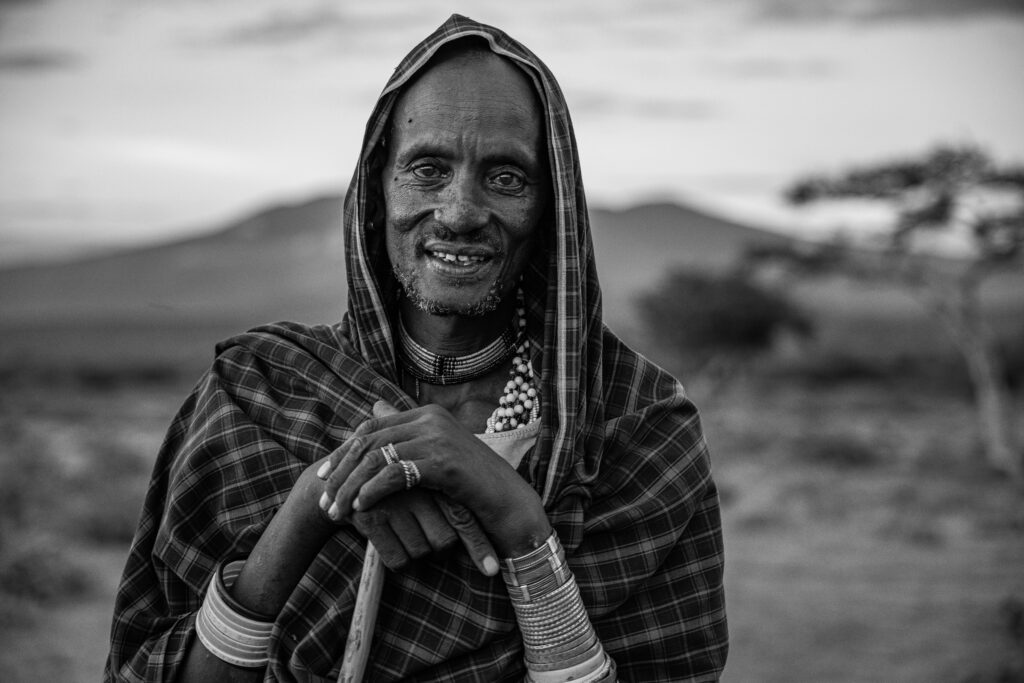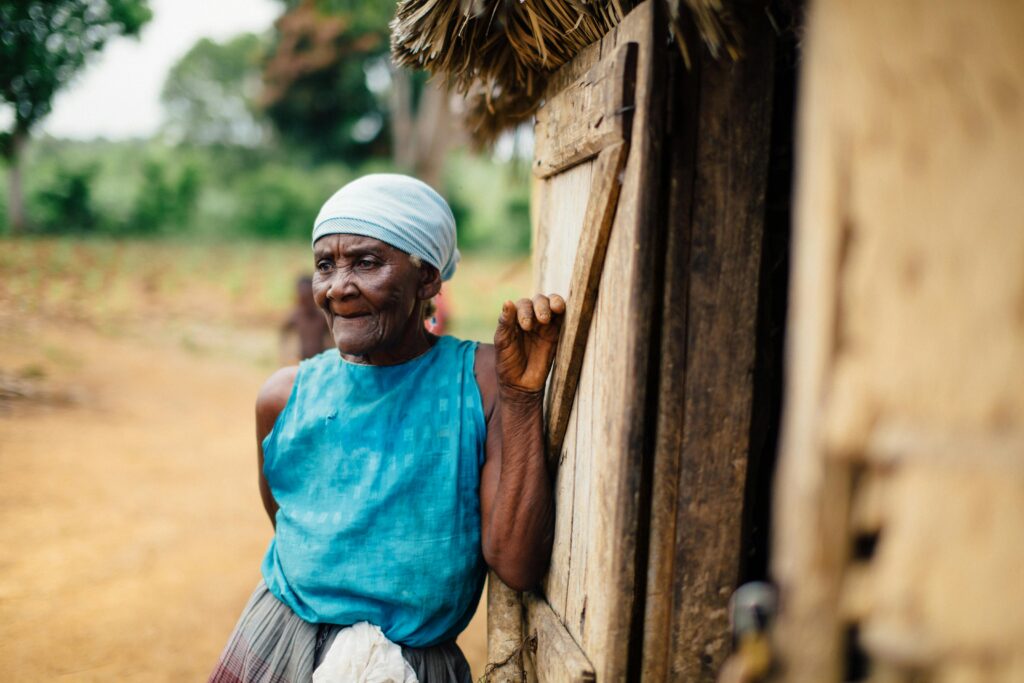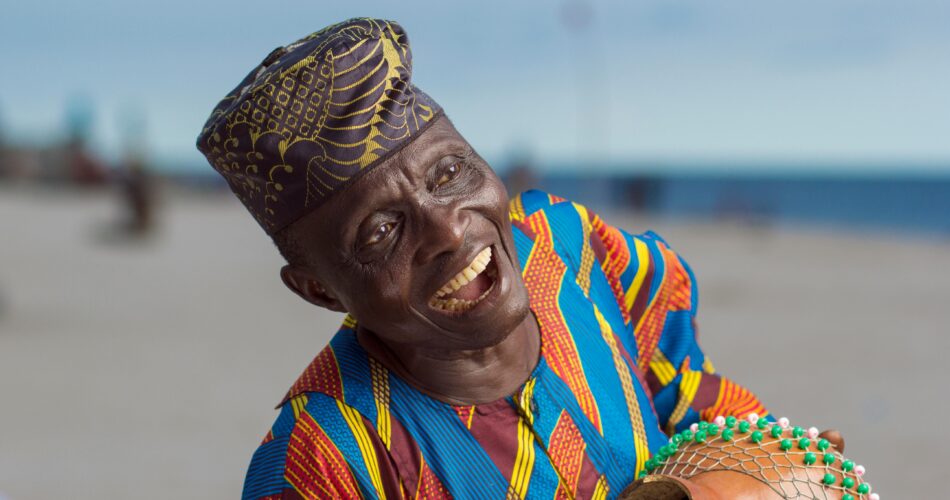Introduction to mammaaksa jaalalaa
Table of Contents
“Mammaaksa jaalalaa” is a cultural practice deeply rooted in the traditions of the Oromo people, one of the largest ethnic groups in Ethiopia and parts of Kenya. This term, often tied to indigenous beliefs and customs, holds significant value within Oromo society, symbolizing community, spirituality, and respect for nature. Mammaaksa jaalalaa reflects a way of life that has been passed down through generations, embodying the principles of unity, sustainability, and ancestral wisdom.
The significance of Mammaaksa jaalalaa lies in its role as a cultural and spiritual foundation for the Oromo people. It is not merely a set of practices but a worldview that influences social relationships, decision-making processes, and the way individuals interact with their environment. Understanding Mammaaksa jaalalaa offers insight into the values and philosophical principles that guide the Oromo community, revealing their deep connection to land, tradition, and collective identity.
The purpose of this article is to explore the concept of Mammaaksa jaalalaa in detail, highlighting its origins, cultural relevance, and its impact on the daily lives of the Oromo people. Readers can expect to learn about the historical background of Mammaaksa jaalalaa, its key components, and its significance in contemporary Oromo society. This article aims to provide a comprehensive understanding of how this tradition shapes the social and spiritual fabric of the Oromo culture.
Historical and Cultural Context

The term “Mammaaksa jaalalaa” is rooted in the Oromo language, which belongs to the Cushitic family of languages. In Oromo, “Mammaaksa” refers to proverbs or wise sayings, while “Hiika” means meaning or interpretation. Together, “Mammaaksa jaalalaa” involves the interpretation and deeper understanding of traditional proverbs, which are more than just expressions—they are vital elements of Oromo wisdom, philosophy, and moral values.
These proverbs have been used for generations to teach, advise, and guide the community in various aspects of life, including social behavior, ethical conduct, conflict resolution, and decision-making. The tradition of sharing proverbs is integral to Oromo culture, reflecting their knowledge, experience, and the values they uphold. Proverbs in Oromo society often carry multiple layers of meaning, and Mammaaksa jaalalaa focuses on uncovering these layers to provide insight into life’s complexities.
Origins and Roots
The origins of Mammaaksa jaalalaa can be traced back to the Gadaa system, the indigenous socio-political structure of the Oromo people, which dates back several centuries. The Gadaa system is a democratic form of governance that organizes society into age-based groups, each with specific roles and responsibilities. Within this system, wisdom, knowledge, and cultural values are passed down through oral traditions, where proverbs play a crucial role.
Mammaaksa jaalalaa emerged as a way to interpret these proverbs, offering guidance to leaders, elders, and the broader community. It serves as a bridge between generations, helping the young understand the values and teachings of their ancestors. By engaging in Mammaaksa jaalalaa, members of the Oromo society connect their everyday actions and decisions to their cultural heritage, ensuring that traditions are preserved and continue to shape their identity.
Significance in Oromo Culture
In Oromo culture, proverbs are more than just words—they are viewed as a source of wisdom that embodies the community’s collective experience. Mammaaksa jaalalaa is significant because it encourages reflection and dialogue, allowing individuals to engage with their cultural values on a deeper level. This practice fosters a sense of continuity and unity within the community, as the meanings behind these proverbs often emphasize themes like respect, justice, mutual support, and the importance of living in harmony with nature.
Mammaaksa jaalalaa is not only a tool for preserving Oromo heritage but also a way of reinforcing the social norms and ethical standards that guide individual and communal behavior. It plays a vital role in education, both formally and informally, teaching younger generations about their cultural identity and the principles that have sustained their community for ages.
Challenges & Controversies

While “Mammaaksa jaalalaa” is a revered tradition within Oromo culture, it is not without its challenges and controversies. Like many cultural practices rooted in oral traditions, it faces modern-day pressures and misunderstandings. These challenges can stem from societal changes, evolving perspectives on tradition, and external influences on the Oromo community. Understanding these issues is crucial to grasp the complexity of preserving and interpreting Mammaaksa jaalalaa in contemporary contexts.
1. Misinterpretation and Loss of Meaning
One of the primary challenges facing Mammaaksa jaalalaa is the risk of misinterpretation or loss of meaning when these proverbs are used outside their cultural context. As Oromo society becomes more connected to global influences, especially through education and media, there is a growing concern that the younger generation might not fully understand the deeper meanings embedded in these proverbs. The subtlety and nuances of Mammaaksa jaalalaa can be difficult to convey to those who are not well-versed in the language and traditions, leading to oversimplified interpretations that strip these expressions of their cultural and philosophical significance.
2. Influence of Modernization and Globalization
Modernization and globalization have brought significant cultural changes to Oromo society, impacting traditional practices like Mammaaksa jaalalaa. As younger generations embrace modern lifestyles and global cultures, there is a noticeable shift in priorities that sometimes devalues indigenous knowledge systems. The rise of digital communication and Western education systems has led to a preference for written and direct forms of communication, which contrasts with the indirect and symbolic nature of Oromo proverbs.
This shift raises concerns about whether the wisdom contained in Mammaaksa jaalalaa will continue to be relevant in a fast-paced, technology-driven world. Some argue that modern education and the emphasis on science and technology leave little room for traditional knowledge and oral traditions, which are seen as outdated or irrelevant in contemporary society.
3. Controversies Surrounding Interpretation
Another point of contention involves differing interpretations of Mammaaksa jaalalaa within the Oromo community itself. Proverbs are inherently open to interpretation, and their meanings can vary depending on the context in which they are used. This flexibility can lead to disagreements over the “correct” interpretation of certain proverbs, particularly when they are applied to modern social or political issues. Elders and cultural experts may interpret proverbs differently from younger or more progressive members of the community, leading to debates about the relevance of these sayings in addressing contemporary problems.
These differing perspectives can also reflect generational divides, where older generations might prioritize the preservation of traditional interpretations, while younger members seek to adapt these proverbs to fit more modern or liberal viewpoints. This dynamic can create tensions within families and communities about how to balance respect for tradition with the need for cultural evolution.
4. Decline in the Use of Indigenous Language
The decline in the use of the Oromo language itself is a significant threat to the practice of Mammaaksa jaalalaa. Language is the vessel through which proverbs and their meanings are transmitted, and any erosion of linguistic skills directly affects the ability to engage in this tradition. As more Oromo people, especially the youth, become bilingual or shift towards dominant languages like Amharic or English, their proficiency in understanding and using Oromo proverbs diminishes. This linguistic shift undermines the cultural framework necessary to appreciate and interpret Mammaaksa jaalalaa fully.

5. Cultural Marginalization and External Pressures
The historical marginalization of Oromo culture and language in Ethiopia has also played a role in diminishing the prominence of Mammaaksa jaalalaa. For many years, the Oromo language and its cultural expressions were suppressed or undervalued by dominant political systems that favored other cultural groups. This marginalization has led to a diminished sense of pride in Oromo heritage among some members of the community, making it more challenging to sustain interest in traditional practices like Mammaaksa jaalalaa.
6. Debates on Cultural Adaptation vs. Preservation
There is an ongoing debate within the Oromo community about whether to strictly preserve the traditional interpretations of Mammaaksa jaalalaa or to adapt these proverbs to contemporary realities. Some argue that adapting these proverbs to modern contexts makes them more relevant and accessible to younger generations. Others fear that too much adaptation might dilute their original meanings and disconnect future generations from the true essence of their cultural heritage.
This debate touches on broader themes of cultural identity, as communities grapple with how to honor their traditions while also embracing progress and modern values. Finding a balance between preserving the core principles of Mammaaksa jaalalaa and allowing for its evolution remains a complex issue for the Oromo people.




